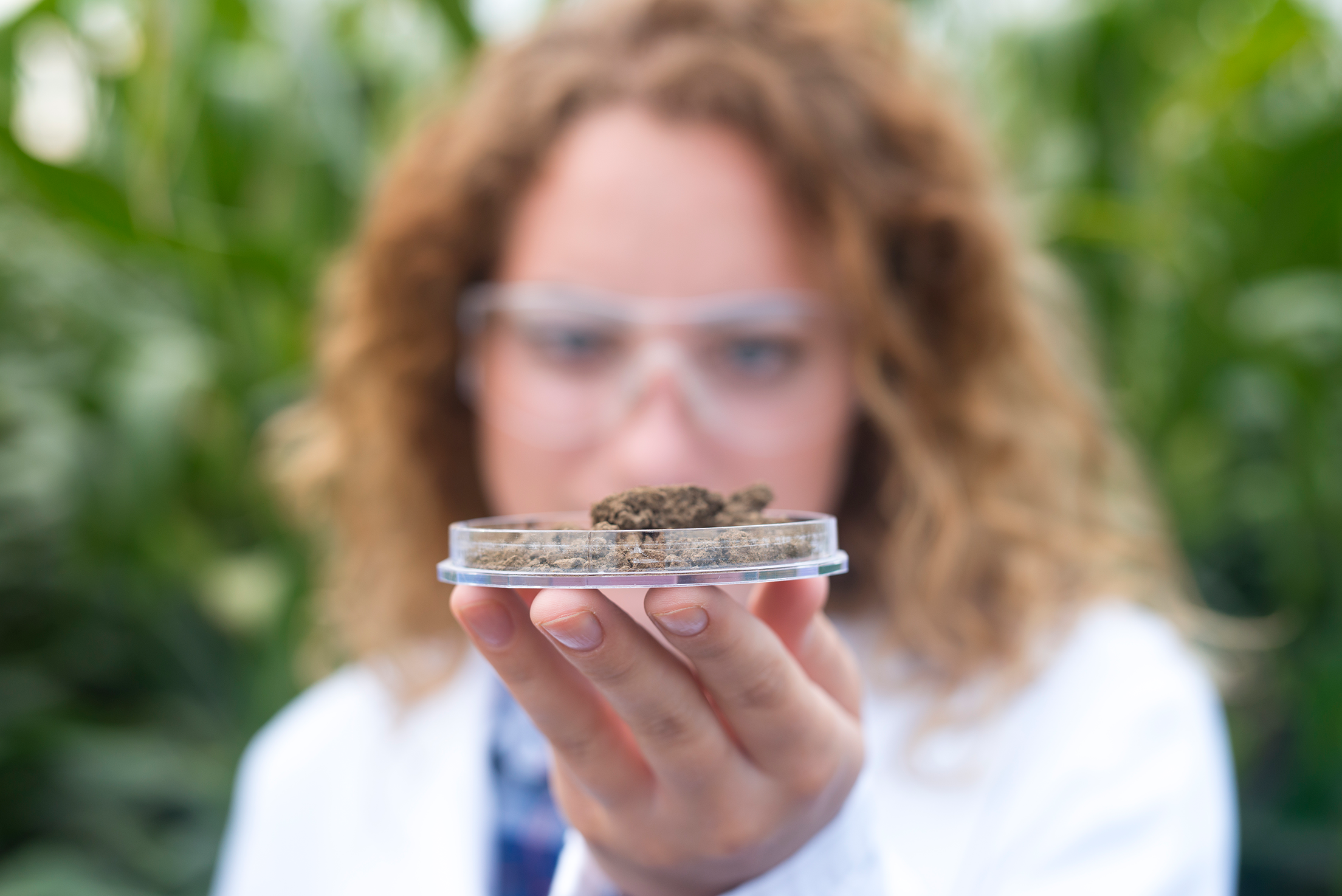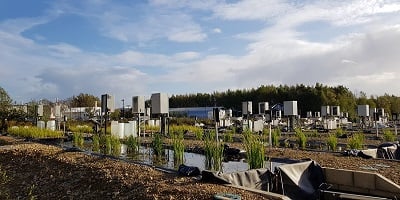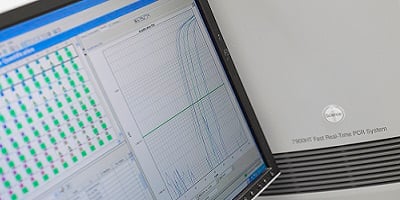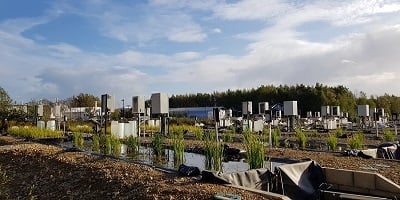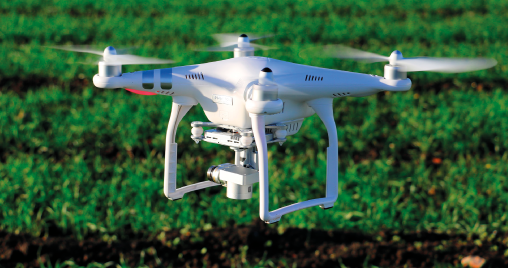Innovation in agri-food: how Enigma is helping farmers improve productivity
The resilience of global food supply chains is under increased pressure caused by complex challenges, such as unprecedented weather events and emerging pest threats, all while navigating the demands of a rising population and demand for cheap food.
Innovation is key to overcoming these rapidly evolving challenges.
This is why Fera’s strategic R&D framework, Enigma, was developed to translate scientific expertise into ground-level action to help supply chains tackle their most pressing challenges and deliver sustainable outcomes for productivity.
The Enigma model
Enigma supports continued research, innovation and knowledge transfer across the agri-food sector – bringing together industry experts, farmers and scientists to co-develop practical solutions.
The collaborative approach ensures that Fera’s Enigma projects address key issues from all perspectives in the supply chain, with on-farm trials allowing for the implementation and scaling up of viable solutions on the ground by producers.
Read more about the benefits of collaborative research in the food sector here.
Current projects address prominent challenges spanning the arable, horticulture and fresh produce sectors, including disease control and pest management. This blog takes a closer look at some of the research and the role of Enigma in supporting farmers achieve improved productivity.
Enigma I: Wireworm control
Climate change not only creates unexpected weather events, but also contributes to more hospitable conditions for pests, such as wireworm.
As wireworm continues to pose a threat to crops such as potatoes, maize and salad, Fera’s Enigma I research project aims to fill key gaps in industry knowledge of wireworm lifecycles and changing damage patterns, to support practical, sustainable pest management.
Under the collaborative research model, the project has so far uncovered groundbreaking insights, with outputs including:
- Identification of the six wireworm species of greatest concern in the UK
- Generation of DNA barcode sequences for 16 UK and French species, meaning these species can be identified at a small larval stage
- Lifecycle history research identifying how wireworm species develop at different rates, depending on temperature
- Upskilling project partners in wireworm identification through workshops
By identifying wireworm species and understanding how environmental factors can impact their development, farmers, with the support of upskilled advisors, can now better assess the specific risk to their individual crop.
Identifying species at an early stage allows for proactive and more targeted pest management solutions, promoting sustainable farming practices, while reducing costs and protecting yields, with potential benefits for productivity later in the growing season.
The second phase of Enigma I research will have a greater focus on wireworm at a local level, with further analysis of cover cropping and other non-chemical control methods, such as beneficial predator insects, to form part of an integrated pest management strategy.
Enigma IV: Advancing Tobacco Rattle Virus diagnostics
Another threat to the productivity of the potato supply chain is Spraing disease, which has been seen to render significant yield losses.
The disease causes blemishes and misshapen potatoes, leading to rejection from premium fresh produce markets and subsequent wastage.
Tobacco Rattle Virus (TRV) is a primary cause of the disease, however, it is difficult to identify, and current industry methods for tackling the virus are not sufficiently effective – suggesting its presence may be widespread across UK soil.
The current diagnostic standard test for pre-planting detection of TRV is to bait test from field soils, however, there are several areas where this method could be improved:
- The current method may not be representative of the whole field

- The five-week turnaround time associated with this service does not offer growers a responsive service
- It is not environmentally sustainable with actions such as transportation and maintaining suitable glasshouse environments
- Inflated costs of testing due to heating and lighting of glasshouse spaces
To help overcome these challenges, Fera’s research project, Enigma IV is working to continue to build on existing research into weed and cover crop testing.
The project aims to develop an improved predictive diagnostic service with lower testing costs, faster turnaround times and reduced waste across the system.
This service would also provide farmers with a risk assessment package to support on-farm knowledge and prevention.
By advancing TRV diagnostic tools, growers would be able to proactively manage the disease earlier, by adjusting crop choice and rotations, and targeting treatment more effectively.
Faster turnaround times would further support early management, and with valuable risk assessments would better equip growers to manage the virus and maintain yields.
Enigma V: Managing cabbage stem flea beetle
Another ongoing Enigma project focuses on cabbage stem flea beetle (CSFB), which is a significant cause of reduced oilseed rape (OSR) yields and since the ban of neonicotinoids in 2013, has become increasingly difficult to control.
To manage the pest, farmers have primarily relied on the application of pyrethroid insecticides, which has led to a subsequent resistance in CSFB populations.
Due to this, productivity has significantly reduced, leading to smaller OSR yields, profit loss and a lack of farmer confidence in planting the crop altogether.
As resistance continues to build, traditional chemical solutions are no longer a viable option.
Hence why Enigma V looks to address this challenge, with the primary aim of achieving the efficacy of combined pesticide products demonstrated in the lab, in the field, to protect OSR crops and improve yields.
Initial findings from the project suggest that when pyrethroid insecticides are combined with botanical oils in laboratory conditions, the efficacy of the insecticide is restored, with the amount of pesticide needed to effectively control the CSFB significantly reduced – encouraging a more sustainable farming practice.
The ongoing research will see botanical biopesticides and pyrethroid insecticides evaluated against the adult beetles on plants in glasshouse trials, and later in field trials to test the efficacy and practicality of the biopesticide on the ground, to support future OSR productivity.
Read more about the progress of Enigma V here.
The value of collaborative research to farmers
Fera Enigma projects are built on collaboration and driven by the primary aim of providing farmers and growers with practical solutions, backed by science.
Through testing in field conditions, Enigma accelerates the implementation of solutions on-farm.
By participating in collaborative research, farmers and growers have the opportunity to drive the direction of research, contribute to agricultural innovation towards productive and sustainable practices, and apply cutting-edge solutions and tools to their land.
_____________________________________________________________________________________
New Enigma Partners Welcomed
If you are interested in learning more about the Enigma projects, or would be interested in being a project partner, please get in touch.



